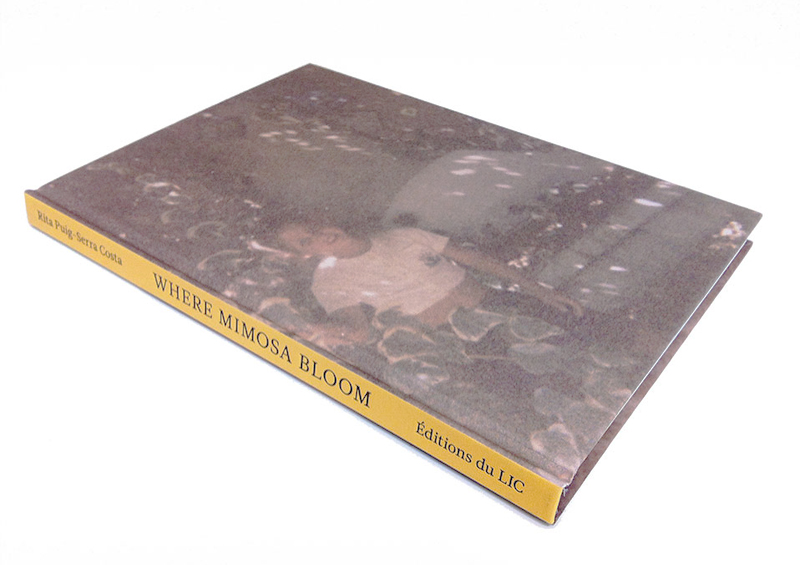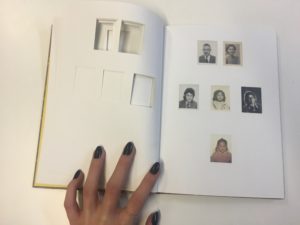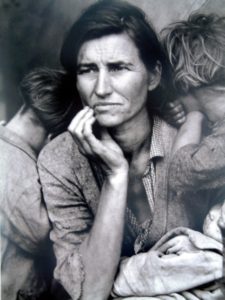How do Rita Puig Serra Costa and Linda McCartney both share their relationships and memories with their family through the medium of photography?
Family Photos have been taken for hundreds of years as a way of capturing precious moments of people with their loved ones. in this essay i am going to look at to different photographers who have studied members of their family in their work. I will compare and contrast their work in a hope to gain a greater understanding of their photographic style and meaning of their work. I want to look into the relationship between the photographer and their subject to see how and if it effects the the end result. I also want to explore how this relationship is communicated to an audience, and how these private and personal photos can also be seen and read by outsiders. The two photographers I am planning on looking at have developed their work in very different ways but both manage to show great connection with their subjects and tell beautiful stories with their work. Rita Puig Serra Costa created a book surrounding her family history, the book contains a variety of images, from portraits, still life, landscapes and archival copies it creates a broad description of her family dynamic and the memories she has with them (be more specific about the book dealing with the memory of her mother). Linda McCartney on the other hand was originally a professional photographer of celebrities until she met her husband and musician Paul McCartney. As they got to know each other and build a family she captured and shared a large selection of photographs. Being in the public eye the family were regularly photographed however there is something very special about the connection they had which came across in the images. By researching this area I hope to gain a greater understanding of family, relationships and memories in photography to help me with my own project about my Grandpa. You need to provide more details here about an overview of your own project, what and how you intend to make photographic responses.
Over all there is very little evidence of any research and reading around the subject of memory and family photography. You must read the texts I gave you on Roland Barthes and his memory and philosophy around looking at an image of his mother. Include at least one direct quote from Barthes and comment on it.






















